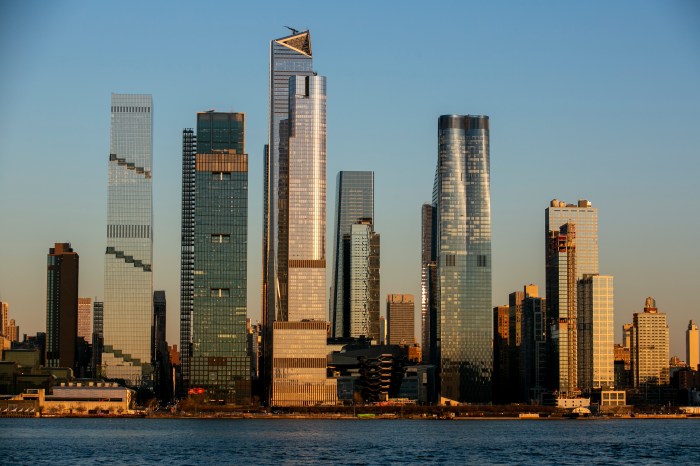By Chris Fuchs
“I think the rules have to change a little bit,” she said with an uncomfortable laugh. “I think celibacy needs to be looked into and also female priests. Maybe I'm outspoken, but that's the way I feel about it.”
Parishioners of St. Ann's, an intimate, wood frame Catholic church on 58th Avenue in Flushing, first learned of a priest shortage in the Brooklyn-Queens Diocese from a letter written by Bishop Thomas E. Daily that appeared in the Nov. 11 issue of the Tablet, a weekly Catholic newspaper.
In the letter, Daily said priest ordinations have dropped by 92 percent over the last 20 years. And in a diocese with 217 parishes and 2 million congregants, he said, only four priests are ordained each year.
“Needless to say, the challenge posed by the declining number of ordained priests is urgent and serious,” Daily wrote in the letter. “In light of this situation, I am concerned that the growing demands we place upon our priests do not become unreasonable. At the same time, this situation also affords opportunities for renewal and revitalization.”
For priests and parishioners alike, the numbers are startling and disturbing.
Over the last 20 years, Daily said, the number of priests in the diocese has declined by 49 percent. In the next 10 years, he said, 196 priests will turn 71 and will be eligible for retirement. Thus by 2009, he said, there will only be 273 priests in the diocese to minister to 217 parishes, six chapels and other diocesan offices throughout Brooklyn and Queens.
“I think many, many people are going to be left in the cold,” said Grisaitis, standing outside St. Ann's in his celebrant's garb greeting congregants as they left mass. “If people want to see a priest, they're not going to be able to.”
In the short term, the priest shortage means that churches will have to begin a process called “clustering,” in which Brooklyn and Queens parishes pool and share their resources.
To this end, some parishes will have to shave off one or more masses from their daily or weekend schedule. Others will be asked to dispatch priests to parishes that do not have as many. And groups like The Rosary Society or the Holy Name Society of one church might be asked to take in parishioners from another.
“It's taking a burden off some of the parishes,” Grisaitis said. “That's one of the things we're doing now. We're sharing our resources with other parishes in our cluster.”
For the long term, the diocese is working on ways of keeping priests from retiring at the mandatory age of 71, Grisaitis said. “In other words, if I reach 75 and I'm still in good health, I can still continue working,” the 63-year-old priest said. “And I think the bishop is going to keep on asking us to keep working.
But he does not know where the solution lies to alleviating the diocesan priest shortage, although he does have his opinions on what has caused it. Greunfelder, the St. Ann's parishioner, believes the solution is in more vigorously encouraging young men to become priests, but her notion of what direction the priesthood should be traveling in departs drastically from that of Grisaitis.
“The answer is not marriage,” Grisaitis said, “because if you're married, you'd have to change the whole system.”
Asked why fewer men are choosing the priesthood, he said “it's just a lack of giving, a lack of generosity. To be a priest is not the easiest thing to do.”
On the one hand, Greunfelder agrees. On the other, she thinks that female and married priests would be a boon to the Catholic church.
“There probably would be some very, very good women priests,” she said. “And I also think that in today's world, a married person can handle it.”






























